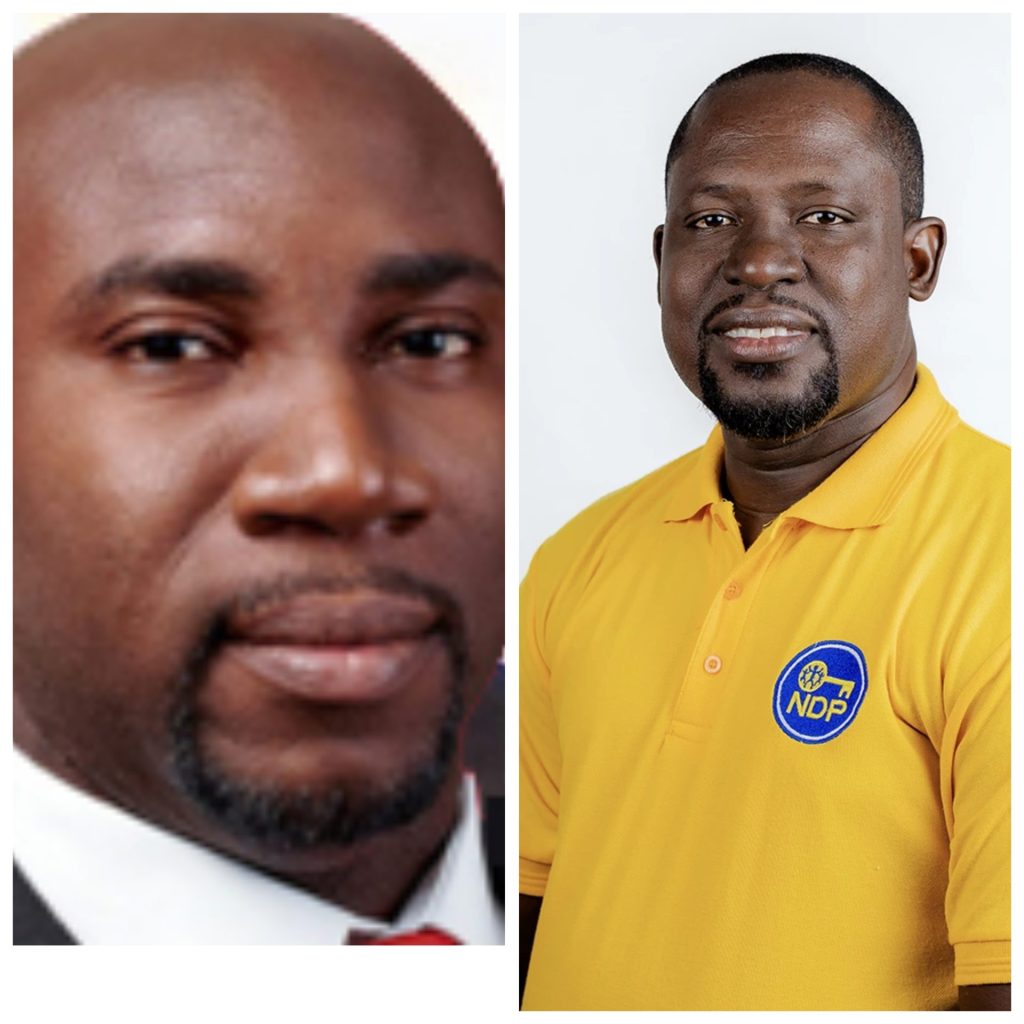
By Jason Alexander, Sentinel Research Group Correspondent
The constituency of Central Leeward appears to be trending toward retention by the Unity Labour Party (ULP) in the upcoming general elections, with polling data indicating a stable, though slightly reduced, lead for incumbent Member of Parliament Dr. Orando Brewster.
Dr. Brewster, the current Minister of Housing and Sports, is seeking re-election after a strong first-term showing in 2020. His challenger, Conroy Huggins, a respected educator and community advocate running on behalf of the New Democratic Party (NDP), has registered some movement, but not at a scale that presently threatens to unseat the incumbent.
Polling Methodology and Overview
A poll conducted by the Sentinel Research Group in April 2025 employed stratified random sampling, with quotas applied across age, gender, employment status, and locality to ensure representativeness. The sample consisted of 625 likely voters, and the results carry a margin of error of ±3.5 percent at a 95 percent confidence level.
Given that Central Leeward has an estimated voting population of approximately 8,000 to 8,500, this sample size is statistically appropriate. Standard polling models suggest that a sample of around 580 respondents is sufficient for populations of this size, so the 625 figure not only meets but slightly exceeds this benchmark. This enhances confidence in the validity of the findings.
Key Findings:
• ULP (Brewster): 52 percent
• NDP (Huggins): 42 percent
• Undecided: 6 percent
While Brewster maintains a clear advantage, the data reflect a modest tightening compared to the 2020 general election, where he secured 2,700 votes (55.1 percent) to Ben Exeter’s 2,197 votes (44.9 percent).
Constituency-Level Observations
The shift in support appears consistent across several key communities:
Layou continues to show solid support for Brewster (55 percent to 35 percent).
Buccament presents a more competitive picture (47 percent Brewster, 44 percent Huggins).
Barrouallie, historically a fishing and agricultural hub, shows Brewster ahead at 51 percent to 40 percent.
Demographically, Brewster performs strongest among voters over 40 and those currently employed, while Huggins has made inroads with younger voters and the unemployed, reflecting broader socioeconomic frustrations. Notably, Barrouallie and Layou have experienced economic contraction in recent years, and this appears to be softening partisan alignments in specific pockets.
Regional Dynamics: The Leeward Corridor
Central Leeward is flanked by two dynamic opposition campaigns that have energized the broader Leeward region.
In North Leeward, the NDP is fielding Dr. Kishore Shallow, a nationally respected figure recently re-elected as President of Cricket West Indies. With a doctorate in finance and a strong record of public leadership, Dr. Shallow brings stature and credibility to the NDP’s ticket, and his candidacy has drawn wide attention.
In South Leeward, long-serving MP Nigel “Nature” Stephenson continues to demonstrate his seasoned political instincts and popularity. Though a veteran in the Parliament, Stephenson retains a strong connection with constituents and remains one of the more relatable and active figures on the campaign trail.
The combined presence of Shallow and Stephenson, both well-known and widely respected, has raised the NDP’s visibility across the Leeward corridor. Huggins, contesting Central Leeward under the NDP banner, has undoubtedly benefited from the political momentum and public engagement spurred by his northern and southern counterparts. Still, their influence, while meaningful, has not been enough to dislodge Brewster’s lead in the centre.
Conclusion: An Advantage, but Vigilance Required
Based on available data, Central Leeward currently appears to be a safe seat for the Unity Labour Party. The incumbent has preserved much of his 2020 support base, and while the opposition has gained ground, the swing is not yet sufficient to indicate a likely change in representation.
Still, with undecided voters remaining and political momentum fluid in election year contexts, continued monitoring will be essential. Electoral outcomes are not fixed, and further movement, especially among the youth and economically vulnerable, could influence the trajectory of the race as campaigning intensifies.
Jason Alexander
Sentinel Research Group





